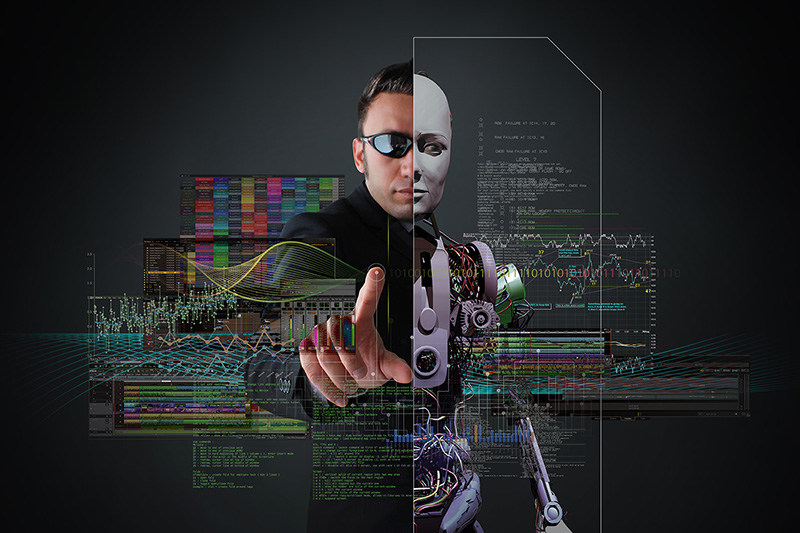In the world of engineering asset management, there should be no doubt that the Industrial Internet of Things (IIoT) has arrived and is here to stay. It is a technology that promises new visions, requires new strategies and will undoubtedly bring about significant change and associated challenges in how asset management is done across industries.
The lessons learnt from the previous industrial revolutions will always remind us of one crucial fact; no matter how smart the technology, people have a role to play — a lesson that should be remembered and not ignored, if we were to turn this technology into a real and sustainable business benefit.
Leading organisations in 1st world countries already have IIoT strategies, with separate technology departments being set up to the envy of the traditional Information Technology Empires driving the implementation process. Technology is taking the lead, and the decision makers know that they need to have something to say, to show, or they run the risk of being left behind in a competitive business race.
By implementing IIoT, we are giving plant equipment and buildings;
- a voice – in the form of intelligently located sensors,
- a mind – through the application of technology-specific logic,
- a memory – through machine learning.
From an engineering perspective, it is only natural to argue that people could quickly become obsolete if assets were to become this smart in the process of further technology advancement.
My argument is however that the role of people in this modern asset management process will be redefined, or more accurately re-emphasised. More than ever before, the age-old adage of “garbage-in-garbage-out” applies with this new technology. Knowledgeable and experience people are still required to:
- Configure a very well-defined smart asset register at the heart of the asset management process;
- Research, develop and configure smart maintenance programs, based on asset criticality and with the ability to utilise automatic condition-based data;
- Perform smart maintenance work, be it pro-active or reactive tasks, through the accurate recording of work details and proper failure analysis results;
- Review, through smart analysis, the historical trends with the view to apply continuous learnings as smart feedback into the design, asset register and maintenance programmes.
There should be no doubt that IIoT will result in more data being generated at the source, processed intelligently and directed with enhanced speed towards a defined decision-making point. The most significant risk to business is that this investment in technology does not deliver the anticipated value in returns. This will mainly be due to configuration and business processes failing to define the role of smart people clearly.
On the one hand, there is the threat of an ill-defined asset register, which by definition contaminates all other input data flowing from maintenance-related transactions. This ultimately impacts on all decisions that need to flow from the process. On the other hand, there is also the risk of this masses of lightning fast moving data, to the point of “No-Value”, further complicating the well-known Big Data phenomenon.
The fact is, we have been here before, and these risks are by no means new! Albert Einstein defined insanity as the act of doing the same thing over and over again and expecting a different result. The question is then – What is business going to do differently to harness real business value from this new technology that is becoming part of our field of asset management?
Perhaps the answer to business is to embrace the very natural, and human process of maturing. Maybe it would be an excellent suggestion to develop the strategies and plans for Information Amplification (IA) on the road to defining its real need for Artificial Intelligence (AI).
By using Smart Data within Smart Processes we support a process where the right information is amplified to the point where it allows Smart People to help the maturity growth process and to grow with it. In the process, the investment in IIoT technology is provided with the best possible chance to deliver the desired returns.
With the human element added to the mix it also brings with it a certain reliable degree of sustainability.
Author | Gerrie Olivier, Gerrie holds an IAM Certificate In Asset Management.

